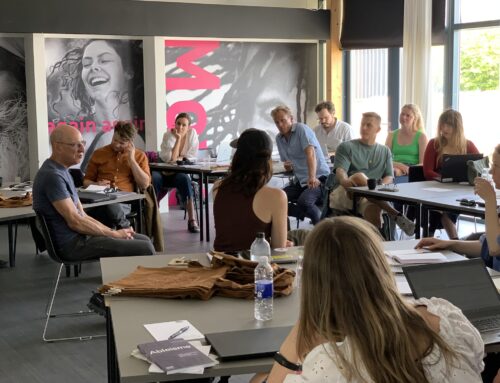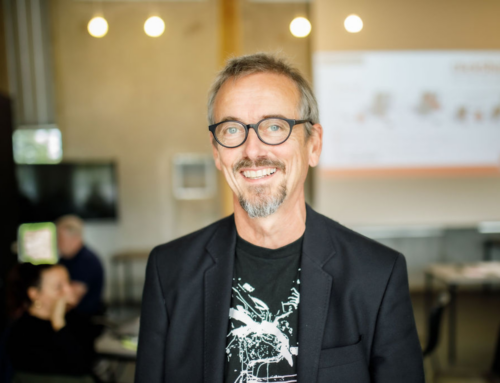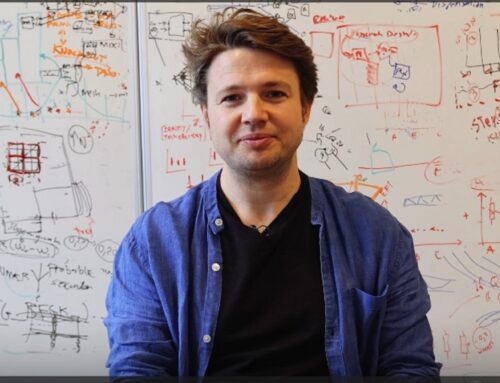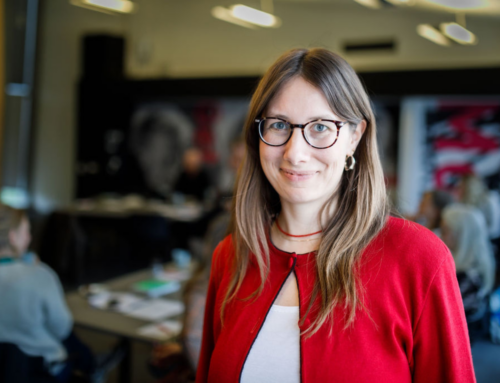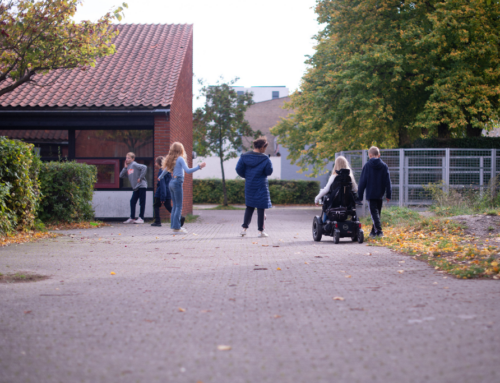
Sports can be a tool for including more students in Primary and lower secondary school
If we do away with the core notion of sports, which divides people into winners and losers, it can be a unique tool for creating greater inclusion in the Danish Folkeskole (Primary and lower secondary school)
by Nanna Stærmose
People come in many forms and with different (functional) abilities. This is also apparent in physical education, where some people are great at ball games while others are fast runners. Physical education is one of the subjects in the Danish Folkeskole, where students’ physical capabilities are put on display. Thus, physical education is a subject where it can be challenging to fully include students with disabilities. Yet according to Thomas Skovgaard, head of research at Active Living, the University of Southern Denmark’s Department of Sports Science and Clinical Biomechanics, sports and physical education can be a gateway to inclusion.
“Precisely because physical education is a subject that focuses specifically on the body and human movement, it gives us unique opportunities to use it as an inroad to inclusion. It’s about creating opportunities for coming together via movement, where students can accept and recognise the positive facets of spending time together regardless of individual physical and mental abilities,” says Skovgaard.
Confronting the traditional loser and winner mentality
Skovgaard notes that inclusive physical education is characterised by not leaning too heavily on the competitive notion of sports.
“Sports is about winning, which means there will also be losers. Losing is a form of exclusion. But if we instead challenge the basic idea of what sports is about and stick to a perspective where physical education is an opportunity for diverse movement, we will be one step further towards inclusion,” he said.
Skovgaard believes there are three elements to consider when adapting physical education lessons towards an inclusive approach: Form, content, and adaptation. Form is the way in which teaching takes place, e.g., in groups or individually. Content is about the activities one selects (football, high jump, dance, and movement, etc.), and adaptation is about how each activity can be designed so that it embraces the diversity that exists within the group of students.
“The Folkeskole’s physical education subjects have several stipulated goals. We cannot and should not ignore those, but we can definitely work even more with varying and differentiating activities such as running, throwing and jumping to ensure that all students are included, which is also part and parcel of the overall aim of physical education in Danish schools,” says Skovgaard.
He speaks enthusiastically, as though warming himself up to an inclusive physical education lesson or a pep-talk for physical education teachers, while laying out an example of how ball games could become more inclusive. For Skovgaard, the key is to think creatively and drop the idea of playing a traditional game of handball, instead using the elements of the game and adapting them so that it’s not just about being able to move around quickly if one of the students is wheelchair-bound and not as mobile as the other children.
“If, for instance, we take the speed dimension out of the game and instead make it about sneaking towards the object you must hit, you can create a game for a broader group of students that doesn’t exclude those who aren’t as fast. You might also want to use a softer ball or put the students in pairs to pass the ball to each other. One could even take the goals out of the game entirely and make it about throwing good passes,” he said.
Address barriers and keep motivation
While Skovgaard has lots of ideas, he acknowledges that there are barriers that need to be overcome before physical education and movement in schools is a subject that can include everyone. Among other things, it will require more teachers and educators actively looking into the possibilities and continuously receiving opportunities for further education and other professional training. He also believes that a new – or at least different – mindset is required among school management and physical education teachers before more inclusive approaches can be developed. According to Skovgaard, it’s about considering inclusion in much broader terms than merely getting students with disabilities to feel as and be part of the group. What we should strive for is education that is accommodative while also motivating students irrespective of their physical abilities and talents. In fact, motivation is an important challenge when it comes to fostering inclusion in physical education.
“Some students are motivated by being able to compete and perhaps also win, but maybe we should develop new ways to win that give everyone the opportunity to feel successful and included in the strong community that sports can create,” he said.
Interested in learning more about movement and participation in sports for people with disabilities? Continue reading here.
Special issue of the journal MOV:E focusing on inclusion of all primary school students in physical education, regardless of functional ability. Read here: https://www.epaper.dk/fiibl/move-/
ALLE TIL IDRÆT (PHYSICAL EDUCATION FOR EVERYONE) is a teaching guide that provides answers to how to organise inclusive physical education in the Danish Folkeskole. The book contains examples of activities for an entire academic year (grades 1-9) with adaptations for students with various disabilities. Read here: https://www.handivid.dk/alletilidraet/
The website http://tibis.dk/ contains a number of insights and materials that support teachers and educators in their work with inclusive physical education and school sport
Thomas Skovgaard
Associate Professor, PhD.
Head of Research, Active Living, the University of Southern Denmark’s Department of Sports Science and Clinical Biomechanics.
Member of the Bevica Foundation’s research network
Read more research profiles
